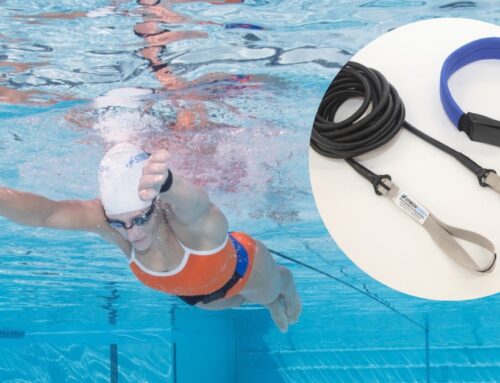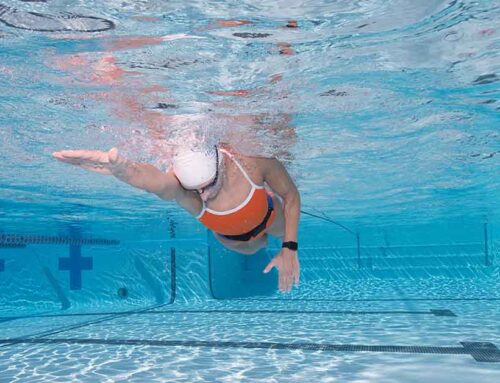I had seen the kick trainer on the NZ website for several years and had wondered how well it worked. Great kicking is critical for great swimming and great kickers, for the most part, are made and not born, so a device to help swimmers kick better seems like a great idea. It is difficult if not impossible to train swim kicking outside of a swimming pool. I have spent many hours trying to think of how to improve a kick out of the water. When I was in college, I tried what I was sure was going to make me the best kicker in the world. For a season, I did leg extensions, 500 a day with between 110-150 lbs until my quadriceps cried. I had to add extra padding to the machine where my leg pressed against it to keep my lower shin from bruising. I did this at least five days a week. All season long, I never let up. But, at the end of the season, my kick was virtually the same as it had been at the end of the previous season.
I worked so hard on my kick because I understood just how import a great kick was to fast swimming. But, my kick didn’t improve with all the dryland work because what I didn’t understand was what actually made a kick fast. I thought if my quads were stronger, then I would increase the power in my kick and by doing this, increase my speed and endurance. What I did do was increase my ability to do leg extensions. I was really good at them. I’m sure I was in the top ten of all the college swimmers in the county, perhaps even #1.
It took several years before I understood why strengthening what I thought was the primary muscle for kicking did not make me a faster kicker. In the water, the kick is a very dynamic movement. It’s about moving water off the correct part of a foot (top and bottom depending on where the foot is in the kick phase). A great kick is not limited by muscle strength as I thought while I was in college.
I’m not sure who invented the Kick Trainer, but it’s easy to understand why they did-for the same reasons and with the same intentions I had when I was in college doing all those leg extensions. The Kick Trainer was probably designed to fatigue the quadriceps and hamstrings more than just kicking alone, and they do tend to do this. Will this help swimmers kick better? Maybe-certainly better than leg extensions. The important point is whether using the Kick Trainer helps you or your swimmer. When used as designed, the Kick Trainer is not for the weak kickers-but to help good kickers become better.
I have found another use for the Kick Trainer, one I doubt was ever considered during its design. For this purpose, it seems to work better than anything else I have found. Many beginner (and some moderate) level swimmers are prone to kick with a whip-kick (breaststroke) motion rather than a flutter or dolphin kick. Sometimes this occurs in both feet, sometimes only in one. Either way, having one or more feet in a position where their toes are pointed at the bottom of the pool (flexed at the ankle rather than extended) is highly detrimental to good swimming. The Kick Trainer, because of its design, pulls the heel and points the toe. This can effectively eliminate this problem and help athletes swim faster.
One session with a Kick Trainer is not magic and is unlikely to instantly solve the problem. But, it will get the swimmer feeling his kick and better understanding how the foot is supposed to press against the water.




